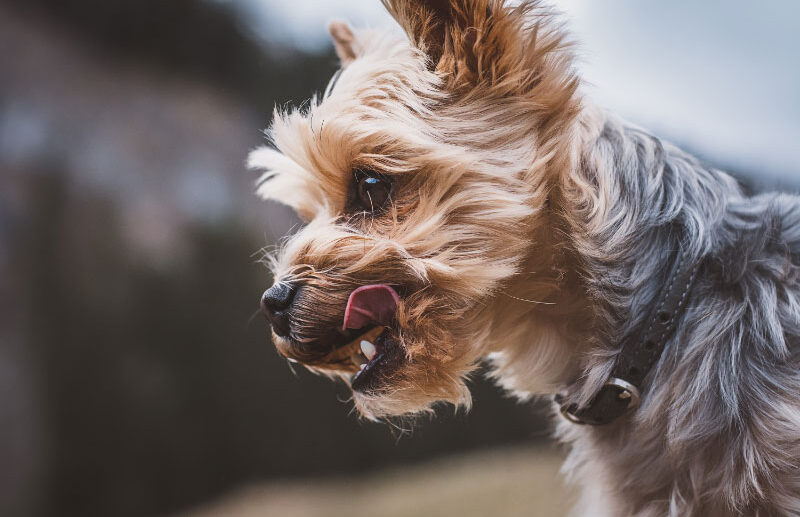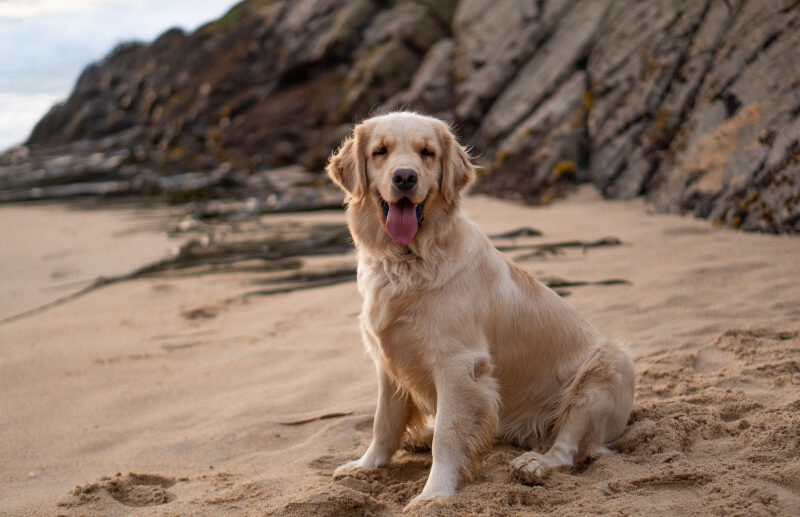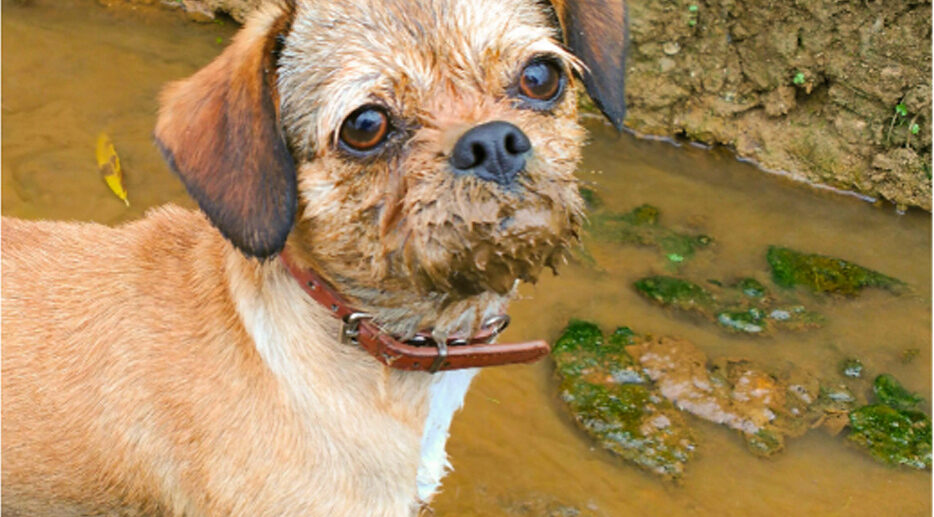All About Your Yorkie: Care Guide and Breed Info

January 22nd marks National Yorkie Day, a day to celebrate one of the top ten most popular breeds in the United States. With roots in both rat-catching and royal companionship, these tiny terriers have a larger-than-life paws-onality that’s easy to fall in love with.
Learn all about the Yorkshire Terrier’s breed history, breed standard and traits, and best care to prevent and manage common health issues in Yorkies.
How The Yorkshire Terrier Breed Came To Be
The Yorkshire Terrier is named after the Yorkshire county of northern England, from which they originated. Like other small terrier breeds from the UK, the Yorkie was originally bred as a ratting dog to kill vermin and hunt small game such as rabbits. In the late 1800s, the breed became a popular companion dog in Victorian-era England. Around that time, Yorkshire terriers were brought over to the United States, where they quickly became one of America’s favorite breeds.
Yorkie Breed Traits
The smallest of the terriers, the Yorkie is actually in the toy breed group. They typically weigh just three to seven pounds.
The Yorkshire Terrier has a silky, single-layer coat of hair that’s similar to a humans’. A “hair coat” lacks a shedding undercoat and it grows continuously. The coat is kept long for showing and can be trimmed for easier maintenance in pet homes.
Yorkies are born with a long tail that may be docked for cosmetic reasons, especially for the show ring.
A Yorkie’s coat is usually tan or gold and black or blue in color. Parti-Yorkies are mostly white with black and tan markings, and like all-tan Blonde Yorkies, they’re a result of a recessive gene and do not meet the breed standard, though they still make wonderful companion dogs.
In 2021, the AKC officially recognized the Biewer (pronounced like “beaver”) Terrier, a direct descendant of Yorkies that carried a recessive piebald gene, giving them their unique tricolor coat.
Common Health Issues In Yorkies
Like other toy breeds, the Yorkie is prone to dental disease because they have a small jaw and their teeth can overcrowd, especially in cases where their baby teeth do not fall out, instead remaining while their adult teeth grow alongside them.
Yorkies tend to have a sensitive stomach, especially when switching foods or eating something outside of their usual diet. They’re also prone to pancreatitis, painful inflammation of the pancreas that can occur after a high-fat meal.
Legg-Calve-Perthes Disease (LCPD) occurs more often in Yorkshire terriers than other breeds. In dogs with LCPD, the ball at the top of the femur, or hip bone, loses blood supply and starts to break down. The condition manifests as lameness and pain in the affected rear leg, and tends to show up in puppies at around five months old. In mild cases, pain management may be recommended, or surgical interventional may be necessary.
Yorkies can also develop luxating patella, in which the groove in which the kneecap sits is too shallow. It’s common for dogs to have a grade 1 luxating patella, in which the kneecap only occasionally pops out of place and corrects itself, though severe cases may require surgery.
How To Care For Your Yorkie
As a Yorkie parent, you should brush your dog’s teeth daily and supplement brushing with dental chews and water additives. Retained baby teeth should be surgically removed as soon as possible, as the tight spaces between the teeth tend to collect tartar buildup. Your veterinarian may also recommend annual dental cleaning under anesthesia.
When walking your Yorkie on-leash, always use a harness, not a collar, to avoid putting any pressure on the trachea. Yorkies are prone to tracheal collapse, a condition in which the windpipe becomes narrow, resulting in shortness of breath and a honk-like cough.
Your Yorkshire terrier should eat a high quality dog food supplemented with healthy, fresh, dog-safe treats and toppers whenever possible. Never feed table scraps, especially those high in fat, as they can quickly cause weight gain on your dog’s small frame, and can cause an episode of acute pancreatitis.
Why We Love Yorkies
Yorkies are referred to as “tomboy dogs,” perhaps because despite their polished looks, they’re highly active, adventurous and playful. Most Yorkies still love to dig, explore, and chase small animals, just like they once did as ratting dogs. When they’re not chasing squirrels and ripping the squeakers out of their toys, they love snuggling up in your lap. Though they can be delicate because of their small size, you wouldn’t know it with their larger-than-life personality and persistent “terrier-tude.”
If you’re looking for a Yorkshire Terrier of your own, look no further than the AKC Breeder Registry or the Yorkshire Terrier Club of America, or check out a Yorkie Rescue near you to find a puppy or adult dog in need of a forever home.





